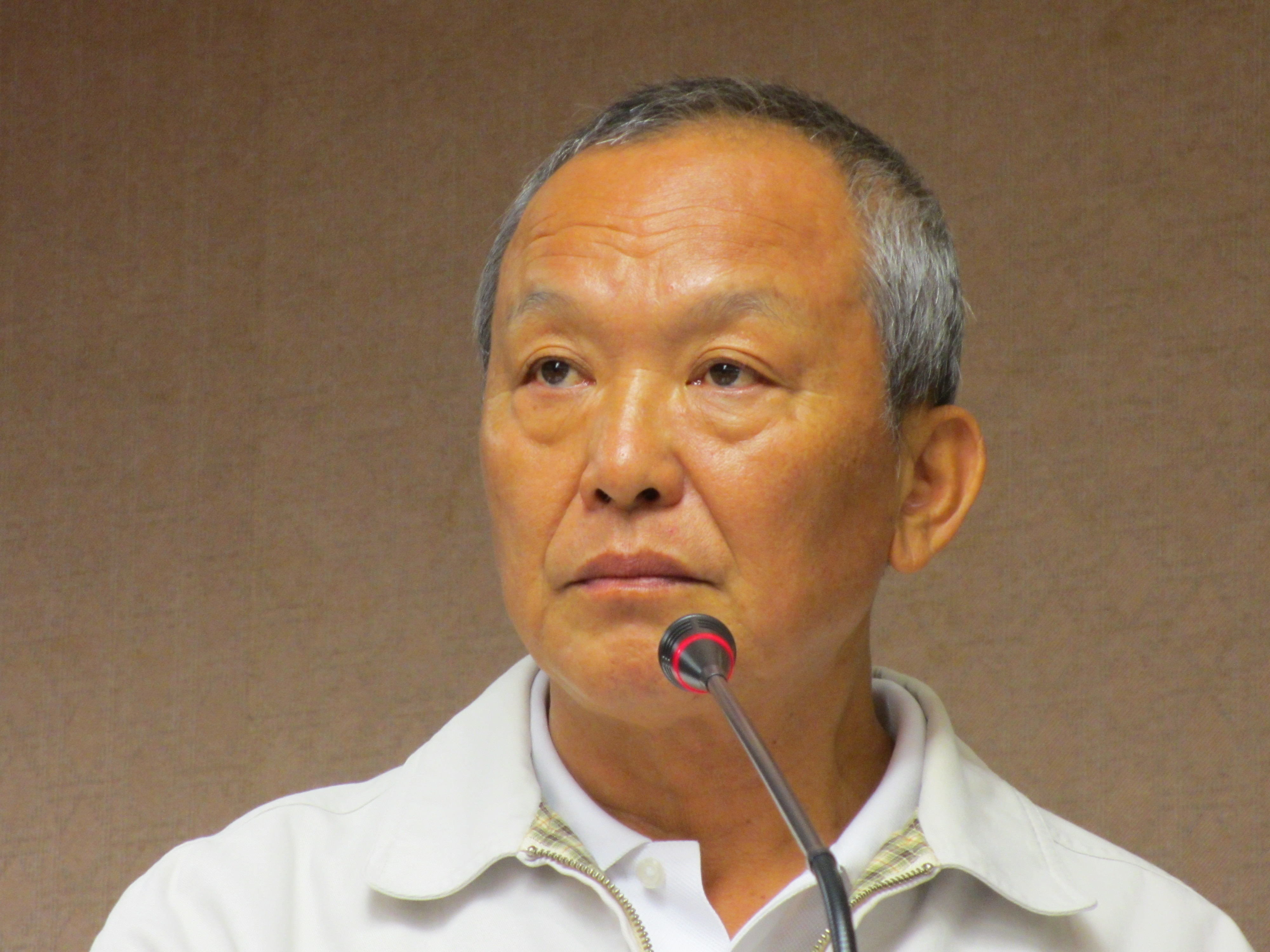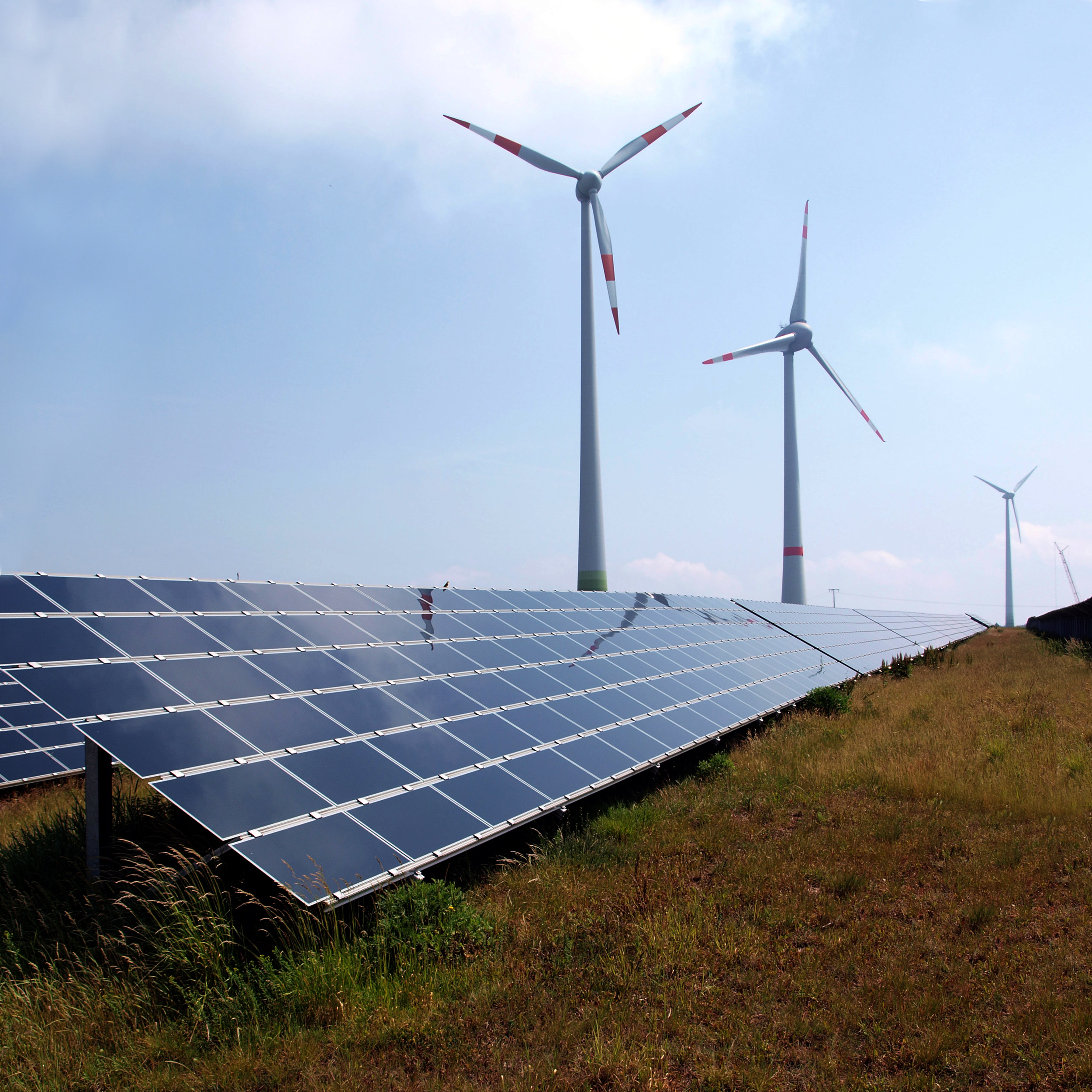|
Wind Power In Taiwan
Wind power is a major industry in Taiwan. Taiwan has abundant wind resources however a lack of space on land means that most major developments are offshore. As of February 2020, there were 361 installed onshore turbines and 22 offshore turbines in operation with the total installed capacity of 845.2 MW. Industry Taiwan has abundant wind power resources. In 2013, Taiwan's onshore wind farm capacity factor is 28-29%, while its future offshore wind farm is 33-38%, with the total installed onshore wind capacity of 530 MW. There are currently 55 integrated and automated wind power forecasting systems established in Zhongtun, Kinmen, Mailiao, Changgong and Shihu. The first phase of wind power installation was done in January 2003 until December 2008 in which 59 wind turbines were put into commercial operations in Shinmen, Tatan Unit 1, Guanyuan, Shianshan, Port of Taichung, Taichung Power Plant and Hengchun with a total installed capacity of 96.96 MW. The second phase was done in J ... [...More Info...] [...Related Items...] OR: [Wikipedia] [Google] [Baidu] |
Wind Power
Wind power or wind energy is mostly the use of wind turbines to electricity generation, generate electricity. Wind power is a popular, sustainable energy, sustainable, renewable energy source that has a much smaller Environmental impact of wind power, impact on the environment than burning fossil fuels. Historically, wind power has been used in sails, windmills and windpumps but today it is mostly used to generate electricity. Wind farms consist of many individual wind turbines, which are connected to the electric power transmission Electrical grid, network. New Onshore wind farm, onshore (on-land) wind farms are cheaper than new Coal-fired power station, coal or Gas-fired power plant, gas plants, but expansion of wind power is being hindered by fossil fuel subsidies. Onshore wind farms have a greater visual #Impact on environment and landscape, impact on the landscape than some other power stations. Small onshore wind farms can feed some energy into the grid or provide power t ... [...More Info...] [...Related Items...] OR: [Wikipedia] [Google] [Baidu] |
Miaoli County
Miaoli County (Mandarin Pinyin: ''miáo lì xiàn''; Hakka PFS: ''Mèu-li̍t-yen''; Hokkien POJ: ''Biâu-le̍k-koān'' or ''Miâu-le̍k-koān'') is a county in western Taiwan. Miaoli is adjacent with Hsinchu County and Hsinchu City to the north, Taichung to the south, and borders the Taiwan Strait to the west. Miaoli is classified as a county in central Taiwan by the National Development Council, while the Taiwan Central Weather Bureau classifies Miaoli as a county in northern Taiwan. Miaoli City is the capital of the county, and is also known as "Mountain Town", owing to the number of mountains nearby, making it a destination for hiking. Name The name ''Miaoli'' was coined by matching Hakka Chinese sound for the characters 貓貍 to the phonetically approximate ''Pali'' (''Bari'') from the Taokas language. The resulting word () is a widespread but non-orthodox variant referring to Viverridae. In 1889, during late Qing rule, the name was modified from various forms () to its ... [...More Info...] [...Related Items...] OR: [Wikipedia] [Google] [Baidu] |
List Of Power Stations In Taiwan
This page is a list of power stations in Taiwan and the rest of the Republic of China that are publicly or privately owned. Non-renewable power stations are those that run on coal, fuel oils, nuclear power, and natural gas, while renewable power stations run on fuel sources such as biomass, geothermal heat, moving water, solar rays, tides, waves and the wind. By the end of 2011, Taiwan and the rest of the Republic of China had installed 41,401 MW of generating capacity across all types of power station.http://www.taipower.com.tw/TaipowerWeb//upload/files/4/2012e-all.pdf Among the lists of largest power stations, Taichung Power Plant is the fourth largest coal-fired power station in the world. Non-renewable Coal Diesel Fuel oil Mixed Natural gas Nuclear Renewable Hydroelectric Geothermal Former power plants Figures Nuclear power plants File:Chin-shan Nuclear Power Plant-canal and containment building-P1020609.JPG, Jinshan Nuclear P ... [...More Info...] [...Related Items...] OR: [Wikipedia] [Google] [Baidu] |
List Of Renewable Energy Topics By Country
This is a list of renewable energy topics by country and territory. These links can be used to compare developments in renewable energy in different countries and territories and to help and encourage new writers to participate in writing about developments in their own countries or countries of interest. The list refers to renewable energy in general, as well as solar power, wind power, geothermal energy, biofuel, and hydro-electricity. As of 2013, China, Germany, and Japan, and India, four of the world's largest economies generate more electricity from renewables than from nuclear power. Based on REN21's 2014 report, renewables supplied 19% of humans' global energy consumption. This energy consumption is divided as 9% coming from traditional biomass, 4.2% as heat energy (non-biomass), 3.8% hydro electricity and 2% is electricity from wind, solar, geothermal, and biomass. China is the world's largest producer of hydroelectricity, followed by Canada, Brazil, India, U.S and Rus ... [...More Info...] [...Related Items...] OR: [Wikipedia] [Google] [Baidu] |
Electricity Sector In Taiwan
The electricity sector in Taiwan ranges from generation, transmission, distribution and sales of electricity, covering Taiwan island and its offshore islands. Regulator Electricity sector in Taiwan is regulated by its state-owned electric power utility company Taiwan Power Company (Taipower), established on 1 May 1946. Independent power producers After the liberalization of Taiwan electricity market in January 1995, there are total of 9 independent power producers in Taiwan up to date, which are: * Ever Power IPP Co., Ltd. * Ho-Ping Power Company * Hsin Tao Power Corporation * Mai-Liao Power Corporation * Star Energy Power Corporation * Sun Ba Power Corporation * Chiahui Power Corporation * Kuo Kuang Power Corporation * Hsing Yuan Power Corporation (Star Buck Power Corporation) Generation Installed capacity At the end of 2016, the total installed capacity of electricity in Taiwan was 49.06 GW, which came from coal-based thermal (34.73%), gas-based thermal (32.3 ... [...More Info...] [...Related Items...] OR: [Wikipedia] [Google] [Baidu] |
Renewable Energy In Taiwan
Renewable energy in Taiwan contributed to 8.7% of national electricity generation as of end of 2013. The total installed capacity of renewable energy in Taiwan by the end of 2013 was 3.76 GW. As of 2020, the Taiwan government aims for a renewable share of 20% by 2025, with coal and gas providing the other 80%. Renewable energy policy In November 2003, the government has guaranteed the price of electricity generated from renewable energy. In 2009, the government passed the Renewable Energy Development Act (REDA) aiming to increase the installed renewable energy capacity in Taiwan to 9.95 GW by 2030. Feed-in tariff regulated by REDA applies to solar, onshore wind, offshore wind, biomass and hydro energy. In 2012, the Million Rooftop Photo Voltaic and Thousand Wind Turbines programs were initiated. In 2014, the Rising Green Energy Industry Program was also initiated. A new law regarding greenhouse gas reduction and management act was ratified by the Legislative Yuan on 15 June 201 ... [...More Info...] [...Related Items...] OR: [Wikipedia] [Google] [Baidu] |
Solar Power In Taiwan
Taiwan government plans to build 6.5 GW solar power stations before 2020 and a total of 20 GW by 2025. Relative research indicated that there are strong solar energy potential in all country. Some research further pointed out that Taipei City as the area with the weakest solar irradiance, the solar energy potential on the rooftop is still benefitial and can compete the energy consumption in certain circumstances. Here is a table showing the growth of solar power capacity and generation in Taiwan since 2000. Statistics Taiwan's installed solar power capacity and generation in recent years is shown in the table below:Bureau of Energy, Ministry of Economic Affairs, Taiwan:Renewable electricitCapacity See also * |
Energy In Taiwan
Taiwan relies on imports for almost 98% of its energy in 2016, which leaves the island's energy supply vulnerable to external disruption. In order to reduce this dependence, the Ministry of Economic Affairs (Republic of China), Ministry of Economic Affairs' Bureau of Energy has been actively promoting energy research at List of universities in Taiwan, several universities since the 1990s. , in Taiwan, Petroleum, oil accounts for 48.28% of the total energy consumption. Coal comes next with 29.38%, followed by natural gas (indigenous and liquefied) with 15.18%, nuclear power, nuclear energy with 5.38%, biomass and Waste-to-energy, waste with 1.13%, and energy from other renewable sources (plus hydroelectric power) with 0.64%. Taiwan has List of nuclear reactors#Taiwan, 3 active nuclear reactors. In 2020, 45% of Taiwan's electricity generation came from coal, 35.7% from natural gas, 11.2% from nuclear, and 5.4% from renewables. The 2016 Taiwan general election, 2016 election was wo ... [...More Info...] [...Related Items...] OR: [Wikipedia] [Google] [Baidu] |
Power Purchase Agreement
A power purchase agreement (PPA), or electricity power agreement, is a contract between two parties, one which generates electricity (the seller) and one which is looking to purchase electricity (the buyer). The PPA defines all of the commercial terms for the sale of electricity between the two parties, including when the project will begin commercial operation, schedule for delivery of electricity, penalties for under delivery, payment terms, and termination. A PPA is the principal agreement that defines the revenue and credit quality of a generating project and is thus a key instrument of project finance. There are many forms of PPA in use today and they vary according to the needs of buyer, seller, and financing counter parties. Contractual terms of a PPA may last anywhere between 5 and 20 years, during which time the power purchaser buys energy, and sometimes also capacity and/or ancillary services, from the electricity generator. Such agreements play a key role in the financin ... [...More Info...] [...Related Items...] OR: [Wikipedia] [Google] [Baidu] |
TSMC
Taiwan Semiconductor Manufacturing Company Limited (TSMC; also called Taiwan Semiconductor) is a Taiwanese multinational corporation, multinational semiconductor contract manufacturing and design company. It is the world's most valuable semiconductor company, the world's largest dedicated independent (Pure-play semiconductor foundry, pure-play) Foundry (electronics), semiconductor foundry, and one of Taiwan's largest companies, with its headquarters and main operations located in the Hsinchu Science Park in Hsinchu. It is majority owned by foreign investors. Founded in Taiwan in 1987 by Morris Chang, TSMC was the world's first dedicated semiconductor foundry and has long been the leading company in its field. When Chang retired in 2018, after 31 years of TSMC leadership, Mark Liu became chairman and C. C. Wei became Chief Executive. It has been listed on the Taiwan Stock Exchange (TWSE: 2330) since 1993; in 1997 it became the first Taiwanese company to be listed on the New York ... [...More Info...] [...Related Items...] OR: [Wikipedia] [Google] [Baidu] |
Changhua County
Changhua County (Mandarin Pinyin: ''Zhānghuà Xiàn''; Wade-Giles: ''Chang¹-hua⁴ Hsien⁴''; Hokkien POJ: ''Chiang-hòa-koān'' or ''Chiong-hòa-koān'') is the smallest county on the main island of Taiwan by area, and the fourth smallest in the country. With a total population of 1.3 million, Changhua County is the most populous county in the Republic of China. Its capital is Changhua City and it is part of the Taichung–Changhua metropolitan area. History Early history There are 32 prehistoric burial sites in Changhua that date back 5000 years. The original name of the area was ''Poasoa'' (), so-named by the local indigenous tribes. Poasoa used to be inhabited primarily by the Babuza people, who have since been mostly assimilated by the Han people. Qing dynasty Qing rule in Taiwan began in 1683, and in 1684, Taiwan Prefecture was established to administer Taiwan under Fujian Province. The prefecture consisted of three counties: , and Zhuluo. Poasoa and modern-day Cha ... [...More Info...] [...Related Items...] OR: [Wikipedia] [Google] [Baidu] |
Formosa 2 Offshore Wind Farm
The Formosa 2 Offshore Wind Farm () is a 376 MW offshore wind power station located near Miaoli County, Taiwan. History Jan De Nul was awarded the engineering, procurement, and construction contract for the foundation and subsea cable installation in June 2019. In July 2019, Seajacks International was subcontracted by Siemens Gamesa for the wind turbines transportation and installation and LS Cable & System was subcontracted by Jan De Nul for the supply of 130 km submarine cable. Sembcorp Marine Offshore Platforms and Saipem were subcontracted by Jan De Nul to fabricate jacket foundations in September 2019 and November 2019 respectively. In October 2019, Seaway 7 was subcontracted by Jan De Nul to transport and install the jacket foundations in October 2019. The financial close for the project was made in October 2019. The onshore construction works started in December 2019 and the offshore construction works started in the first half of 2020. The project was complet ... [...More Info...] [...Related Items...] OR: [Wikipedia] [Google] [Baidu] |









